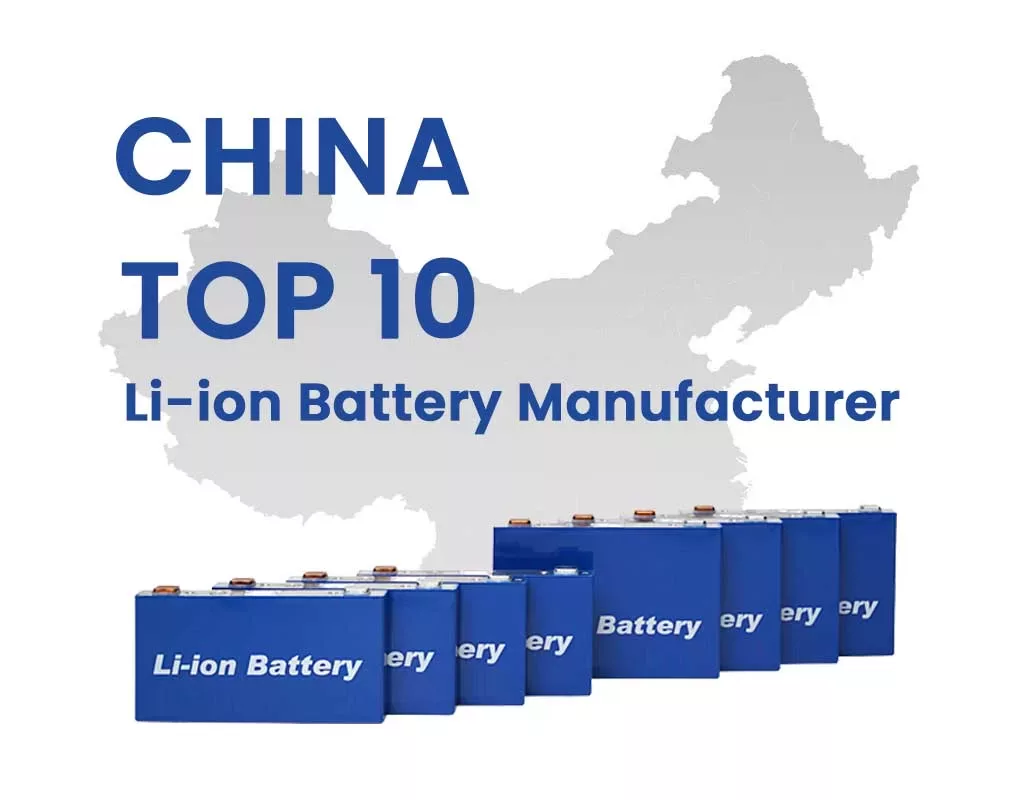While lithium-ion batteries excel in many applications, alternatives like solid-state batteries offer improved safety and energy density. Sodium-ion batteries are also being explored due to their lower cost and abundance of materials.
In the dynamic realm of battery technology, lithium-ion (Li-ion) batteries reign supreme. However, are there alternatives that offer even greater potential? Join us as we delve into alternative battery technologies in search of superior energy storage solutions beyond Li-ion batteries. Prepare to power up your knowledge on this thrilling quest for innovation!
Limitations of Lithium-Ion Batteries
Lithium-ion batteries have become ubiquitous in portable electronics, offering efficient energy storage. However, they come with inherent limitations and environmental concerns. In this discussion, we’ll explore the drawbacks of lithium-ion batteries and delve into alternative technologies that may offer improved performance and sustainability.
- Safety Concerns: Despite safety features, lithium-ion batteries can pose risks of explosion or fire due to their flammable electrolyte.
- Capacity Degradation: With each charge-discharge cycle, lithium-ion batteries lose capacity, leading to reduced performance over time.
- Temperature Sensitivity: Extreme heat or cold can impact lithium-ion battery performance, potentially causing instability or failure.
- Environmental Impact: The extraction processes for lithium-ion battery materials can harm the environment if not managed properly.
- Alternative Technologies: Researchers are exploring solid-state batteries, sodium-based batteries, and graphene-based superconductors as potential alternatives.
- Promising Future: Ongoing research in alternative battery technologies suggests a bright future for energy storage solutions that address the limitations of lithium-ion batteries.
Alternative Battery Technologies
While lithium-ion batteries have been the go-to choice for portable electronics and electric vehicles, researchers are actively exploring alternative technologies to overcome their limitations. Here, we’ll explore some promising alternatives and their potential advantages.
- Solid-State Batteries:
- Solid-state batteries use a solid electrolyte instead of a liquid one, offering enhanced safety and stability.
- They have the potential for higher energy density and longer lifespan compared to traditional lithium-ion batteries.
- Challenges remain in scaling up production and reducing manufacturing costs.
- Lithium-Sulfur (Li-S) Batteries:
- Li-S batteries boast higher energy density, making them suitable for applications where size and weight are critical.
- They offer the potential for storing more energy in a smaller package compared to lithium-ion batteries.
- However, Li-S batteries currently face challenges related to shorter cycle life and rate capability.
- Hydrogen Fuel Cells:
- Hydrogen fuel cells generate electricity by combining hydrogen with oxygen, emitting only water vapor as a byproduct.
- They offer long-duration power output and quick refueling compared to recharging batteries.
- Infrastructure development is needed for widespread adoption of hydrogen fuel cells.
- Sodium-Ion (Na-ion) Batteries:
- Na-ion batteries utilize sodium ions instead of lithium ions in the electrolyte, offering potential cost-effectiveness due to abundant sodium resources.
- They operate similarly to lithium-ion batteries but require further research for commercial viability.
- Na-ion batteries could provide a sustainable alternative to lithium-ion batteries in the future.
Conclusion: While lithium-ion batteries continue to dominate the market, alternative battery technologies show promise in addressing their limitations. Each alternative offers unique advantages and challenges, and ongoing research will determine their viability for widespread adoption. Stay tuned as advancements in alternative battery technologies shape the future of energy storage.
Pros and Cons of Each Alternative Battery Technology
Exploring alternative battery technologies is essential for addressing the limitations of current lithium-ion batteries. In this discussion, we’ll examine several promising options and their respective advantages and drawbacks.
- Solid-State Batteries:
- Solid-state batteries offer enhanced safety by utilizing solid electrolytes, reducing the risk of overheating or fires.
- Despite this advantage, they currently have lower energy densities compared to lithium-ion batteries, limiting their range.
- Zinc-Air Batteries:
- Zinc-air batteries achieve high energy densities by utilizing oxygen from the air, making them lightweight and long-lasting.
- However, they degrade over time due to electrolyte evaporation, impacting their overall lifespan.
- Sodium-Ion Batteries:
- Sodium-ion batteries present cost advantages over lithium-ion options, leveraging the abundance and affordability of sodium.
- Nevertheless, they currently face performance limitations compared to lithium-ion batteries, hindering widespread adoption.
- Photovoltaic-Battery Hybrids:
- These hybrids combine solar panels with integrated battery storage systems for sustainable off-grid electricity production.
- However, their reliance on weather conditions poses a limitation, as insufficient sunlight may affect battery charging capacity.
Conclusion: Each alternative battery technology offers unique strengths and weaknesses in addressing lithium-ion battery limitations. Continued research and development are essential to advancing these technologies and shaping the future of energy storage.
The Future of Battery Technology
As the demand for more efficient and longer-lasting batteries rises, researchers are exploring alternative battery technologies that could surpass the limitations of lithium-ion batteries. Let’s delve into the future of battery technology and explore some promising innovations.
- Solid-State Batteries:
- Solid-state batteries use a solid electrolyte, eliminating the risk of leakage or explosion associated with liquid electrolytes.
- They boast higher energy density, allowing for greater energy storage in a smaller footprint compared to lithium-ion batteries.
- Lithium-Air Batteries:
- Lithium-air batteries utilize oxygen from the air to achieve significantly higher energy storage capacities than current technologies.
- However, challenges such as stability issues and limited cycle life need to be addressed before widespread adoption.
- Graphene-Based Supercapacitors:
- Graphene-based supercapacitors offer fast charging capabilities and high power density while being lighter and more flexible than traditional batteries.
- They hold potential for various applications where rapid energy storage and release are crucial.
- Renewable Energy Storage Solutions:
- Advancements in renewable energy sources drive the need for large-scale energy storage solutions like flow batteries and sodium-ion batteries.
- These technologies offer longer lifespan, better safety features, lower cost per kWh stored, and reduced environmental impact.
Conclusion: While lithium-ion batteries have dominated the market, alternative battery technologies show great promise for overcoming their limitations. From solid-state batteries to graphene-based supercapacitors and renewable energy storage solutions, the future of battery technology is filled with possibilities for enhanced performance, safety, and sustainability.




